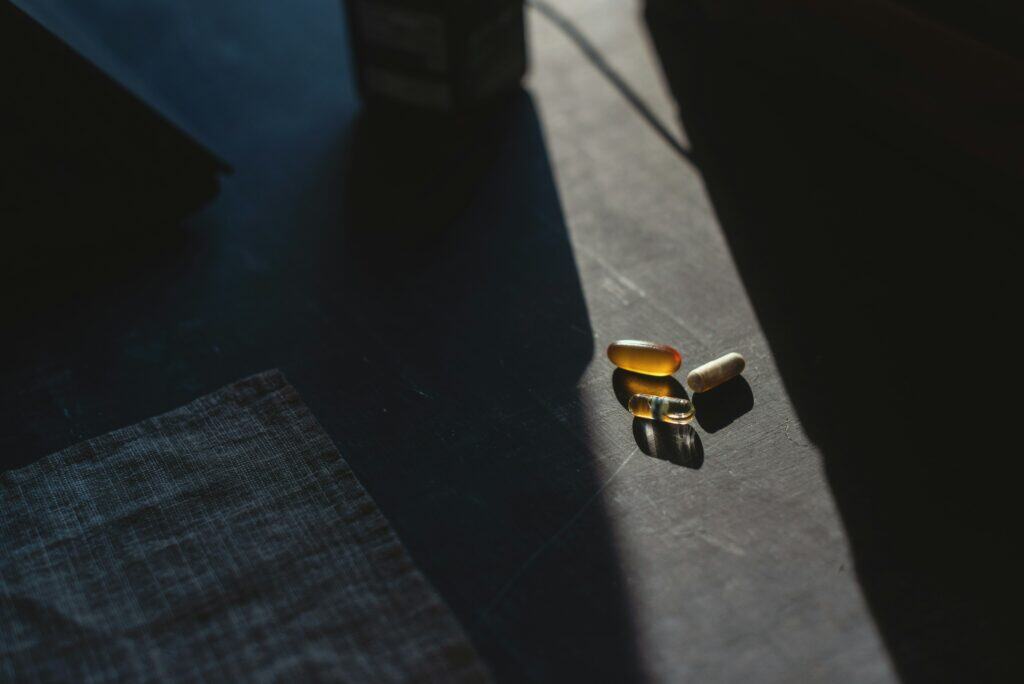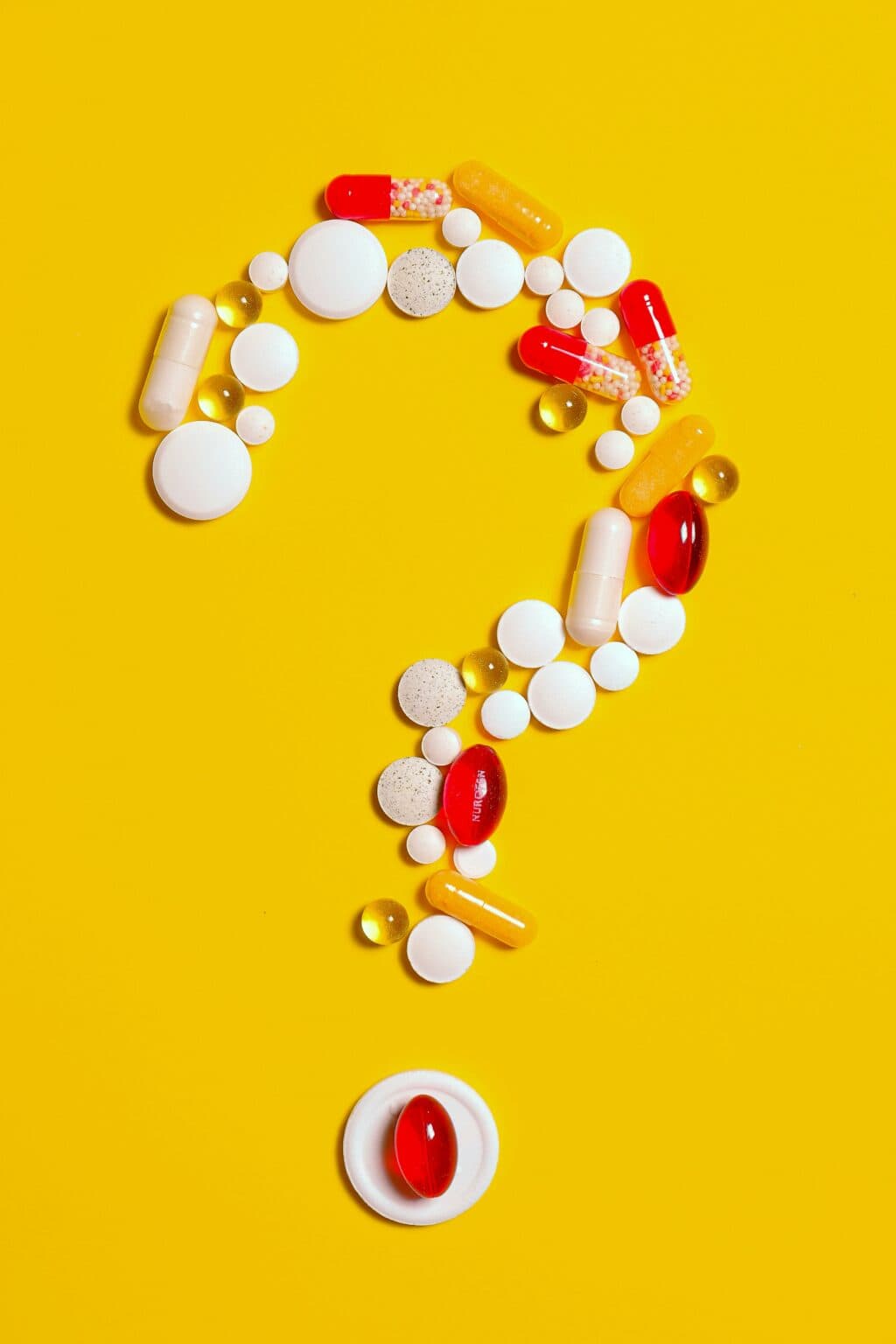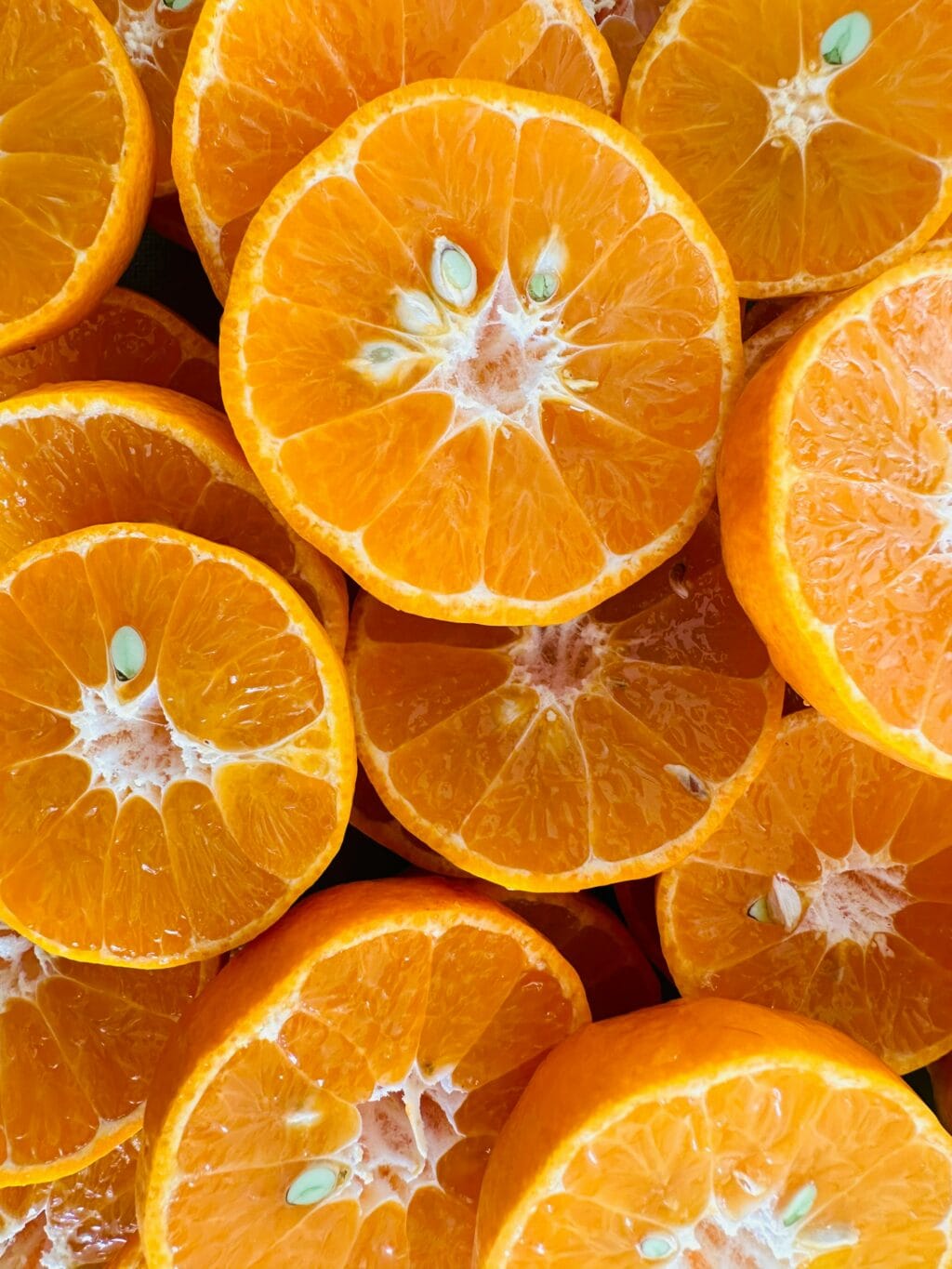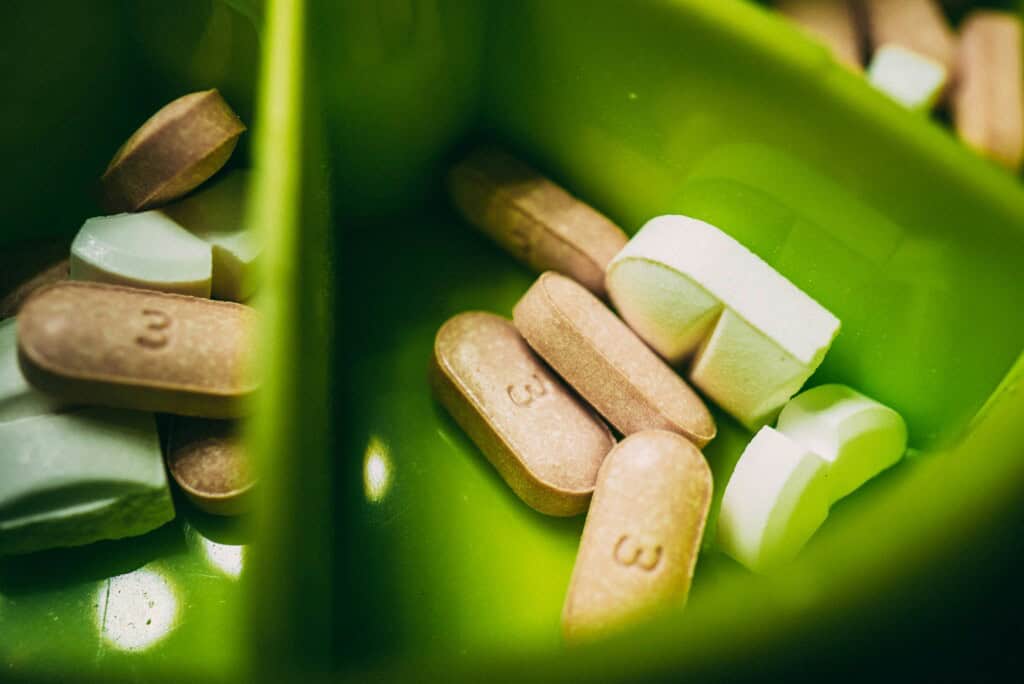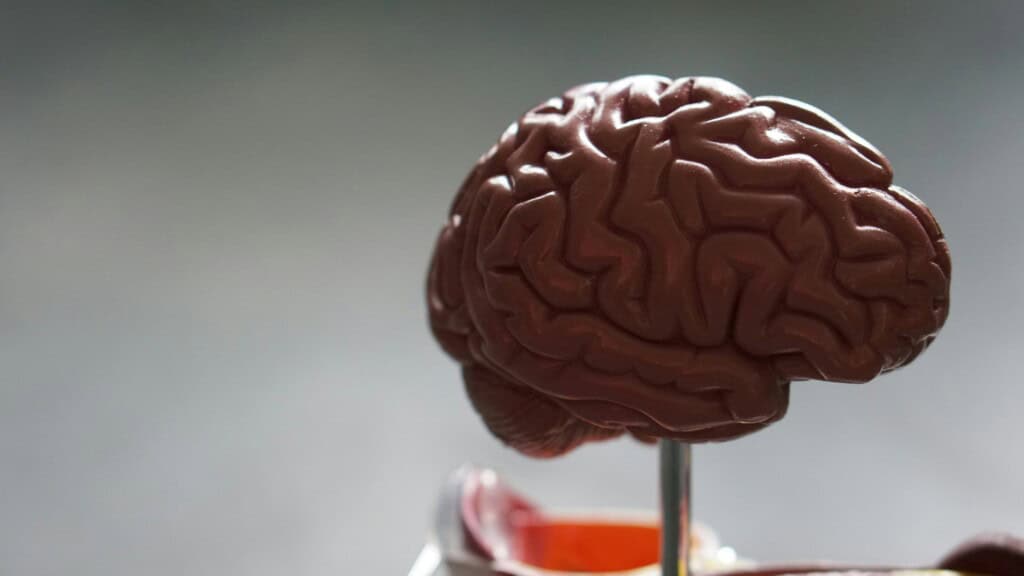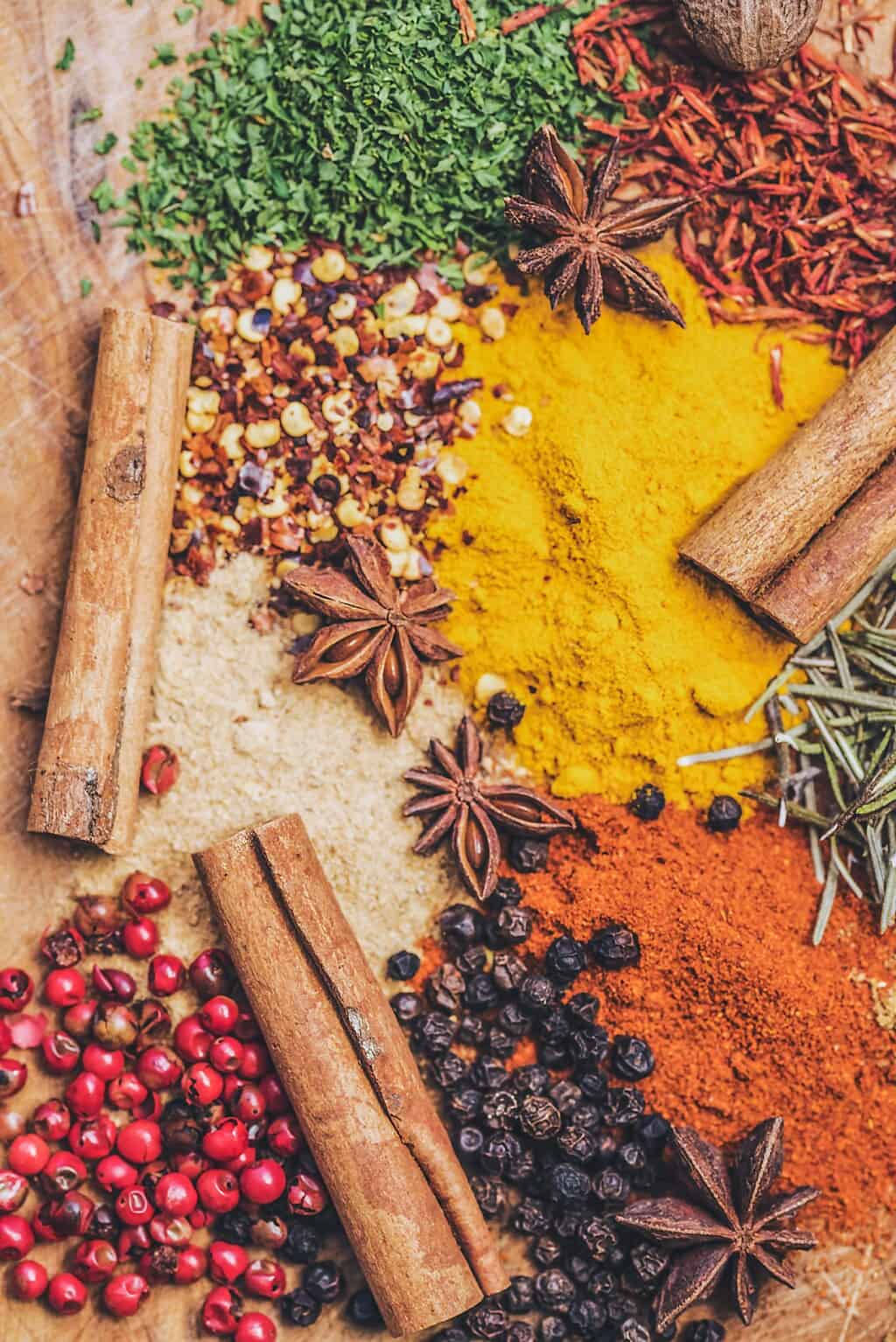I have been in this industry an embarrassingly long time. I have seen a lot of things, some good, some bad, some appalling bad, and some criminal.
Recently, I spent some time coming up with a pithy list of things I would tell my parents about buying supplements, if they actually were inclined to listen to me 🙂
I call them the nine commandments, and here they are:
Commandment 1: It’s all about the brand
What’s the difference between supplement brands? Not much… unless you care about quality, potency, and safety. Nature’s Sunshine’s longevity and reputation matter. Meanwhile, that fly-by-night Amazon brand with a weird jumble of vowels for a name could (and probably will) disappear tomorrow.
Commandment 2: Online reviews are unreliable
Here’s a dirty secret: Brands control which reviews get published, and which get unceremoniously escorted to the great garbage can in the sky. That 5-star rave about so-and-so’s ashwagandha might well have been posted by the brand itself.
Commandment 3: Ancient remedies are often just nutty
Please, no more carnivore diets or perineal sunning. Ancient remedies are ancient for a reason. The reason? They don’t work and we’ve found better options based on cold, hard facts.
Commandment 4: New, innovative products are usually neither new nor innovative
You will save yourself a lot of money if you realize that 99% of the brands on the internet claiming to be different and innovative are neither. They are using the same ingredients as their competitors. All they do is slap a new cool label on it.
Commandment 5: The science is what matters
Most companies sell products based on historical myths, great stories, fancy packaging, and clever marketing. The companies you want to buy from sell products based on hard, cold facts that come to us from the scientific process.
Commandment 6: All health “experts” are not experts
In the age of TikTok, SnapChat, and other apps we’re too old to know about, there’s more information available than ever before.
That’s great for sharing cat memes and vacation videos, but it also means anyone with a pulse can shill supplements — even if they’ve got no idea what they’re talking about. Don’t trust beautiful strangers who are pretending not to sell you stuff.
Commandment 7: Labels should tell the full story
Be wary of labels that do not disclose enough information. We are not anti-proprietary blends, but ideally, labels should disclose exactly what is going on in products. That has not been the way it has always been to be honest, but this is an area in which the industry has evolved in a good way. We appreciate that Nature’s Sunshine is moving more and more in that direction.
Commandment 8: Good professionals know more than crazy relatives
We all have that one aunt who swears by the tea she makes from that weird spiky herb growing on her windowsill. If she is helped by that, great; however, it does not mean it will work for you. While we’re sure Aunt Lizzie’s concoction is delicious, you’ll get more out of consulting a professional such as our own Dr. Shannyn.
Commandment 9: Just because you can swallow lots of pills doesn’t mean you should
There are plenty of people taking 10, 15, even 30 supplements a day. Some of those supplements do the same thing. Some do nothing at all. We’ve met way too many customers taking a supplement without knowing why or even who told them to take it. If you can’t justify every capsule on your counter, don’t put it in your mouth. More is not always better — not to mention more means more money out of your pocket.

